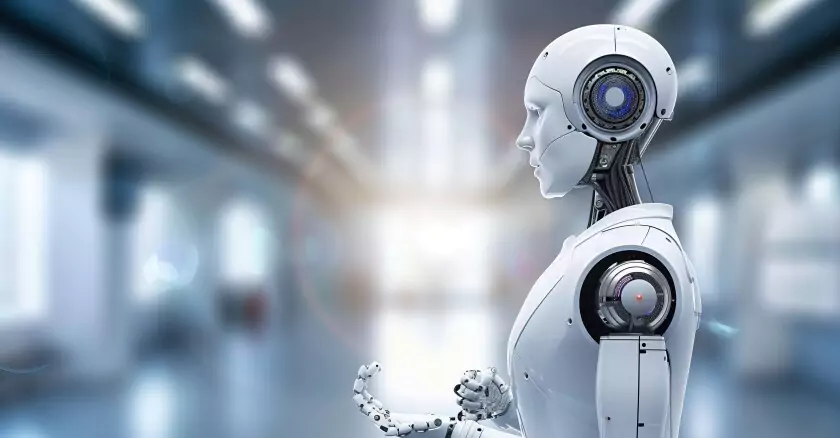Humanoid Robots
Humanoid robots are expected to revolutionize employment in multiple sectors, including domestic work, elderly care, and industries. These robots resemble humans and are being designed to perform a wide range of tasks – from cooking to offering customer service.
What is a Humanoid?
- A humanoid is a robot that looks and behaves like a human being. It can perform tasks just like a human using artificial intelligence (AI) and machine learning.
- Examples include robots that can cook, serve food, talk with customers, and even understand emotions.
How Do Humanoids Differ from Robots?
Robot
Definition: A robot is any machine that can perform tasks automatically, usually guided by programming, sensors, and AI. Robots may or may not resemble humans.
Key Features:
- Programmed to carry out specific functions.
- Can be mechanical arms, vacuum cleaners, drones, etc.
- Mostly designed for function over form.
Examples:
- Industrial robot arms in factories (like those assembling cars).
- Roomba vacuum cleaner.
- Delivery drones.
Humanoid – A Subset of Robots
Definition: A humanoid is a type of robot designed to resemble the human body and often mimic human behavior, gestures, and emotions.
Key Features:
- Has a head, torso, arms, and sometimes legs (human-like form).
- Often equipped with AI to speak, understand facial expressions, walk, or even dance.
- Used in customer service, elderly care, and research.
Examples:
- Sophia (the famous social humanoid robot).
- Ameca (UK-made advanced humanoid with expressive face).
- India's Vyommitra (ISRO’s humanoid for Gaganyaan mission).
Humanoids in Different Sectors:
- Service Sector: Humanoids are already being used in hospitality, healthcare, and elderly care in developed countries like Japan, South Korea, and the USA.
- Home Usage: These robots can help with household chores like cooking and cleaning.
- Security and Military: Some humanoids are being designed for use in defense forces and law enforcement, capable of patrolling and managing security tasks.
India's Efforts:
- Indian companies and research institutions are investing in AI and robotics to create indigenous humanoids.
- The goal is to meet domestic needs while also aiming at the international market.
Challenges Ahead:
- High Costs: Currently, building and maintaining humanoid robots is expensive.
- Unemployment Fears: There’s a concern that humanoids might take away jobs from humans in the future.
- Ethical Issues: There are debates on how much autonomy should be given to humanoids.
Expert Opinions:
- Experts emphasize the need to upskill the youth to work alongside AI.
- The article includes a quote: “Robots should support humans, not replace them.”
Projections:
- By 2045, the humanoid robot market is expected to grow rapidly.
- It is estimated that 50 lakh jobs (5 million) could be created in the AI and robotics sector by 2035 in India alone.
The age of humanoid robots has already begun. While they bring opportunities for growth and ease in daily life, they also demand that we prepare society – both ethically and economically – to embrace this shift without fear.













